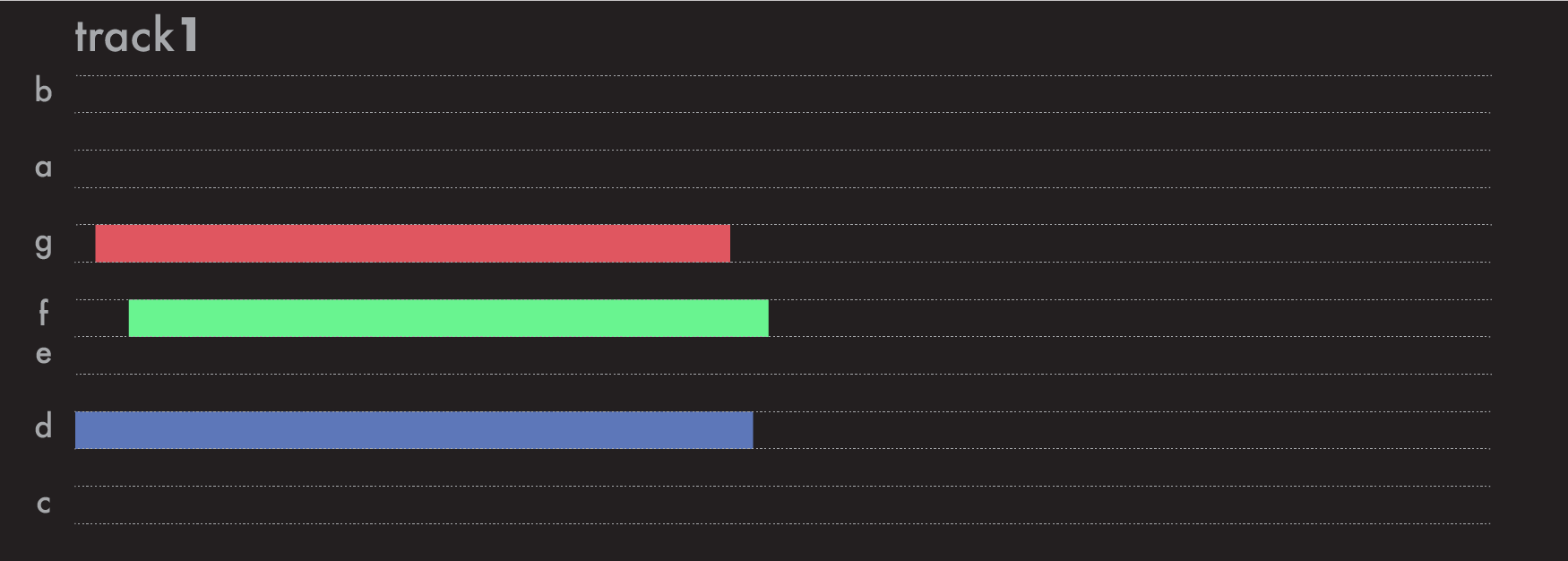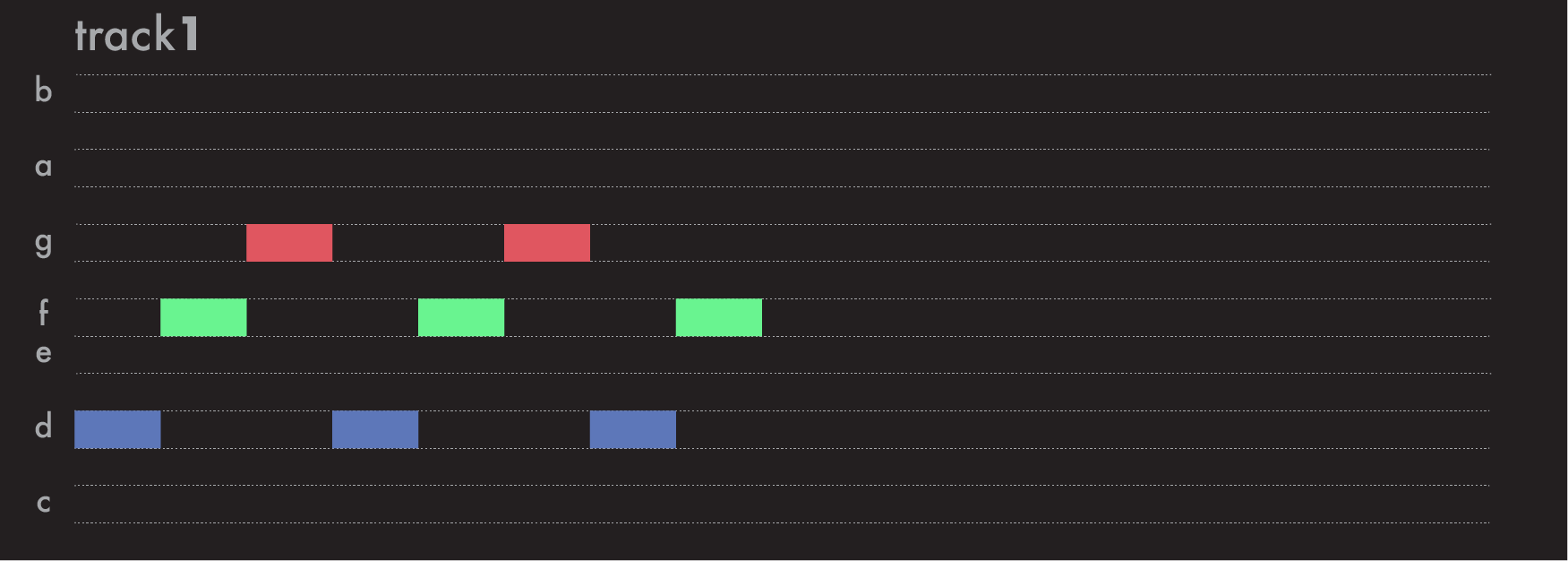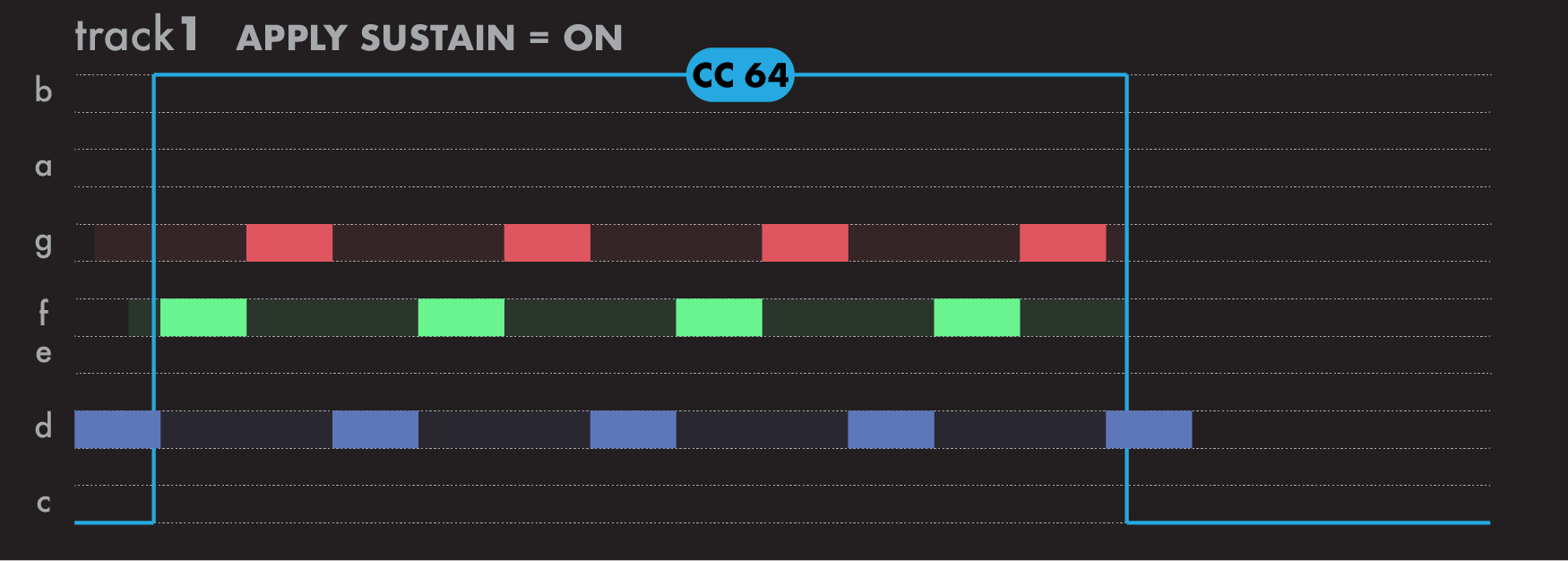Yes: you can use your company intra-community number (only for European Union countries, except France). Please contact us before ordering.
EU countries: a value-added tax (VAT) will be added at checkout, depending on your country.
Other countries: import duties may apply at reception of your parcel, depending on the country of delivery.
Yes: our products come with a 2-year warranty when ordered from our webshop store.squarp.net, covering manufacturing defects and hardware faults.
We also offer out-of-warranty servicing. For more information, you can contact us.
You have a right to cancel & return your order within 14 days. The following conditions apply:
- The unit needs to be in perfect condition, both aesthetically and functionally
- It has to be returned in its original, like-new, package, with all accessories included
- The shipping costs for the product return are at the buyer's expense.
Sometimes the knob is too close from the enclosure and the rim touches the faceplate preventing the encoder to click.
What you can easily do is:
- remove the knob, by pulling it gently,
- put a little piece of paper inside the knob, in order to elevate it,
- put the knob back on the encoder shaft.
Make sure you deleted the old ".bin" file and you added the new one. Do not try to uncompress the ".bin" file: once this firmware is downloaded, the file is ready to be placed in the SD card.
New firmware has to be named exactly "hapax.bin", "rample.bin", "hermodplus.bin", ... inside the root of the SD card.
NOT working examples:
- /myfolder/PyraOs.bin
- /PyraOs(1).bin
- /myOs.bin
Remember to press and hold the main encoder when powering on your Squarp device. If you still experience issues when updating the OS, even with a recently formatted card, please try an other SD card
We know that ground problems can be really tricky to troubleshoot, but here's a list of tips, to help you reduce the noise of a module:
- try changing the position of the module in your case (place digital modules like Hermod first in chain of the busboard, if possible)
- try not screwing the module in the rails, to see if it reduces the noise, or maybe use plastic screws
- try a different AC power supply adapter
- use a linear technology (not a switching power supply) for your busboard PSU (the internal 12V/-12V/5V of your eurorack system)
- try an other eurorack case
- try an other power outlet in your studio, without using outlet power strip
- if the problem appears only when you use the USB HOST, use a special Y usb cable that power your usb device with a separate supply
The PPQN (pulses per quarter note) is the smallest unit of time of your sequencer. It's like the 44100Hz sample-rate of an audio file, the higher it is, the more precise it will record and play your song... And it will help to keep your human groove if you don't quantize your tracks!
The formula is:
Rate (ms) = 60 / (BPM × PPQN)
For example, on a 96-PPQN sequencer and when using a tempo of 120BPM, midi events will be recorded and played every 5.2ms minimum.
Note: this PPQN standard is also used for synchronization options in some devices. For example, is a device specifies that a clock is sent at a rate of 8ppqn, it means that a clock will pulse 8 times during a 1/4 note = one pulse every 1/32 note.
Due to the low bandwidth of the MIDI standard, any MIDI message (a NOTE ON) takes 1ms to be sent out. This means that if we play and send 8 notes at the exact same time, the last note will arrive 8ms after the first note.
To limit this jitter, it is advisable to send your tracks to separate MIDI outputs as much as possible (for example: a machine on MIDI A, a machine on MIDI B, ...).
On the other hand, USB midi has a much faster bandwidth.
A MIDI loop (or echo) is when a sequencer receives a MIDI event from a synthesizer, play it and output it to the original synthesizer, and this synthesizer pass it thru to the sequencer again, and so on... An infinite loop is created, and the MIDI bandwidth will be quickly saturated.
To avoid it, some synthesizers are including a setting "Local Control = OFF". This option allows the synth to not play any sound itself when we play it with the keyboard, but only when it receives MIDI from its input. Moreover, it should not transmit MIDI IN events to its MIDI OUT.
When using Hapax, an other option is to use the SETTINGS > MIDI INPUT > REC ONLY. The sequencer will ignore incoming notes, but will allow the recording.
The USB HOST port (the rectangular one) can be used to connect any MIDI device offering an USB DEVICE port. It can be a synthesizer, a midi controller, a sequencer, ... This USB HOST will also provide the power (5V, 500mA) to supply your connected device (if it needs this power, and if the power do not exceed these ratings).
The USB DEVICE port (the square one) can be used to connect computers, but also tablets and smartphones (providing an USB HOST port, sometimes via an adapter). Moreover, you can also link some MIDI devices that offering an USB HOST port (even if this case if rarest).
DAWs often generate jitters and delays on the computer USB midi output, due to the weak real-time architecture of computers hardware/software layers.
For rock solid synchronization, it's advised to:
- Not use USB or MIDI DIN to synchronize an hardware sequencer with a DAW.
- Use a synchronization external device, like the Midronome, the E-RM Multiclock or the ES Usamo.
- Or since recently, use our "new audio sample-rate synchronization from a DAW". Click here for more info.
On a track, let�’s play a simple chord:

If you add an arpeggiator effect, this chord will be arpeggiated:

When using APPLY SUSTAIN = ON, incoming sustain pedal messages (MIDI CC 64) will directly affect the note lengths. The original chord will be internally sustained, before the effect chain, so there will be more arpeggiated notes:

Note: when using APPLY SUSTAIN = OFF, incoming sustain pedal messages will not affect the internal notes processing of Hapax, but this CC64 will be send out to your synthesizer, that may using it to sustain its sound.
100% of the Hermod+ hardware and software has been redesigned from scratch for a more stable, more intuitive and more creative sequencer.
Hermod+ hardware improvements:
• 16 step pads (instead of 8)
• 8 new switches (RGB) to quickly select or configure a track
• Screen twice as large (now OLED)
• CPU twice as fast
• More RAM
• Advanced power circuitry for noise reduction
• CV inputs resolution : 16-bit (instead of 12-bit)
• Added 2 dedicated gate outputs (reset and clock)
Hermod+ software improvements:
• Improved overall user experience
• Improved jitter and latency
• Double project architecture (swap a project in sync, no jitter)
• Number of tracks : 16 (instead of 8)
• Number of sequences : 16 (instead of 8)
• Song chain length : up to 64 (instead of 8)
• Recording resolution : 96ppqn (instead of 24)
• Shortest gate width : 1/256 (5ms at 120BPM)
• Polyphonic editing
• Settings loaded at startup, shared for all projects
• Leader transpose track
• REC options
• 8 effects (instead of 7)
• Reworked all effects + new effects
• Effects are now per tracks (with pattern-lock)
• New track layouts (for example, mono note + velocity)
• Easier and more versatile synchronization options
• More tracks options (inputs & outputs routing)
Enter settings and select MONITOR. For reference, the numbers shown are the measured voltages at the inputs, expressed in Volt, and on the right hand side, the closest MIDI note that voltage corresponds to is shown.
First, when no cables are patched, you may observe an offset (inputs A, B, C and D not centered on zero Volts). If you’ve got a precise multimeter, you can re-calibrate the CV inputs and outputs of your Hermod+, which should get rid of the offset. The procedure of calibration is explained here.
Moreover, a slight variation at the input is to be expected, you’ll always have some amount of noise. In the 1Volt per octave standard:
• 1V = 1000mV ► 12 semitones
• 1000mV / 12 semitones ≈ 83 mV ► 1 semitone
This means a variation of 1mV is roughly 1.2% of a semitone, which (from our knowledge) is very far from perceptible to the human ear.
If you get a flickering effect on the leds, you are using the 5V power of your modular system to power Hermod+, and your busboard PSU is not powerful enough to supply this power (5V: up to 820mA, +500mA when attaching a controller on USB host).
In that case, we recommend to use the other switch position on the back of Hermod+ (the lower position) so Hermod+ will use the +12V rail.
We recommend using Media Human Audio Converter, available for Mac and PC. These files must be in a standard .wav mono or stereo format, 16-bit or 8-bit, 44100 Hz. There is no size or duration limits, you can even play hours-long samples.
This is usually a sdcard formatting issue. Either something went wrong during the latest format of your SD card, or the filesystem somehow got corrupted. To fix this, you need to follow these steps:
- format your SD card (FAT-32) with this software.
- add the content of this zip package inside the SD card (to get back your kits).
This procedure will also fix latency and save/load problems.
The one we use is the best we could find in terms of "worst case speed" and in terms of stability, whereas most manufacturers advertise and optimise for the "average speed". Even top-of-the-line SanDisk SD-cards are optimised for the average speed, which means that sometimes, for no apparent reason, the SD card was unresponsive for 10ms, which is unthinkable in terms of audio latency.
Long story short, we had to do quite some research to find an SD card which was right for the job, and we would advise against trying other ones, at the risk of poor performance of your module.
The electronics, the connectors, the software and functionalities for these 3 versions are identical.
MK1 is the first version, the body is manufactured in steel, a plastic printed overlay is applied on the top.
MK2 improves the housing (100% aluminium body, no plastic overlay), the touchpad and screen integration.
MK3 improves the screen integration, logo silk-prints are modernized, and some pads are now printed in black.
If you can't enter a mode (LIVE, STEP, TRACK, SEQ) maybe you are pressing the pad for too long (a long press enables shortcut features). Try to press the pads shortly.






